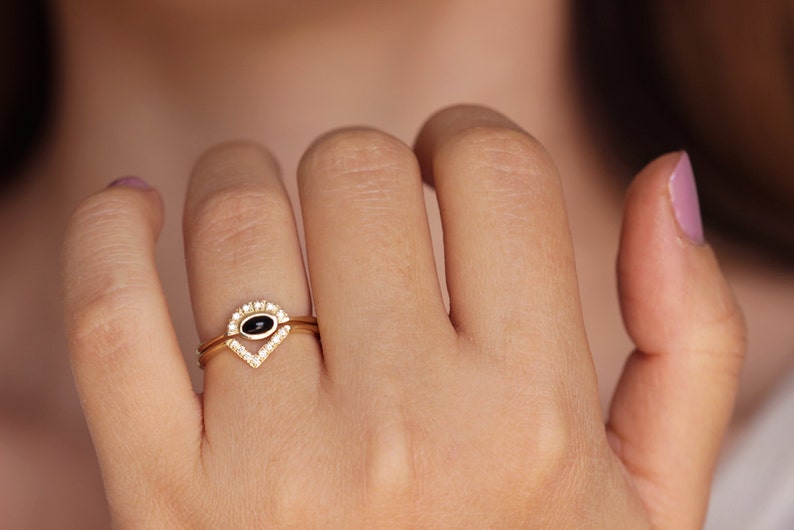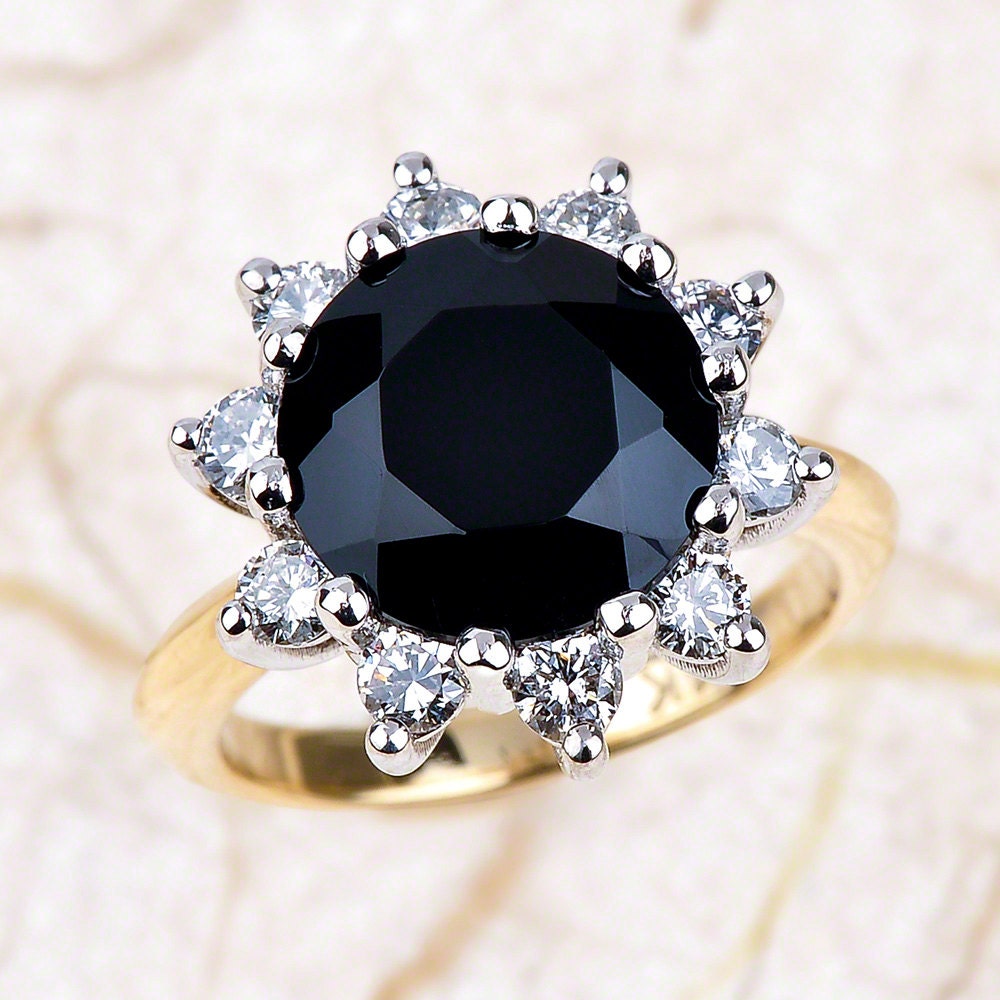


If you're not fully committed to going for a red-hued center stone, consider a ruby to serve as a side or accent stones in a three-stone ring or cluster design. There is a wide range of colors that rubies come in, all with different price points. That doesn't mean rubies are completely out of the question if you are looking for a more cost-efficient ring. If you want the highest quality ruby-Burmese or "Pigeon's Blood Red"-it will come with a heftier price tag. There are many reasons to lust after a ruby engagement ring, but one thing to consider is that the gemstone comes at a cost. Our advice is to always follow your intuition and you can never go wrong!"

Many of our clients prefer the more vibrant-colored gemstones to the more traditional diamond engagement rings. "We often tell clients that one of the best ways to choose an engagement ring is to find a stone you intuitively connect with," says Anna Bario, co-founder of Bario Neal. Rubies also make for a a one-of-a-kind ring that reflects your personality. In fact, rubies come second to the diamond on the Mohs Hardness scale (rubies have a 9 while diamonds have the highest rating with a 10). While most precious gems are much softer than diamonds, rubies are a lot more resilient than other gemstones, making them an excellent choice for an engagement ring you will treasure forever. Read on to learn more about why you should consider a ruby for your engagement ring stone. In terms of feeling fresh and modern, ruby engagement rings are entirely in line with the untraditional ring styles modern brides crave-from unique settings to contemporary shapes and, of course, gemstones. The most popular hue is blood-red with blue and purple undertones (these are known as Burmese and pigeon's blood rubies). Ruby is a gemstone that ranges in color from bright cherry-red to dark reddish-brown, and they get their color from the trace element, Chromium.


 0 kommentar(er)
0 kommentar(er)
